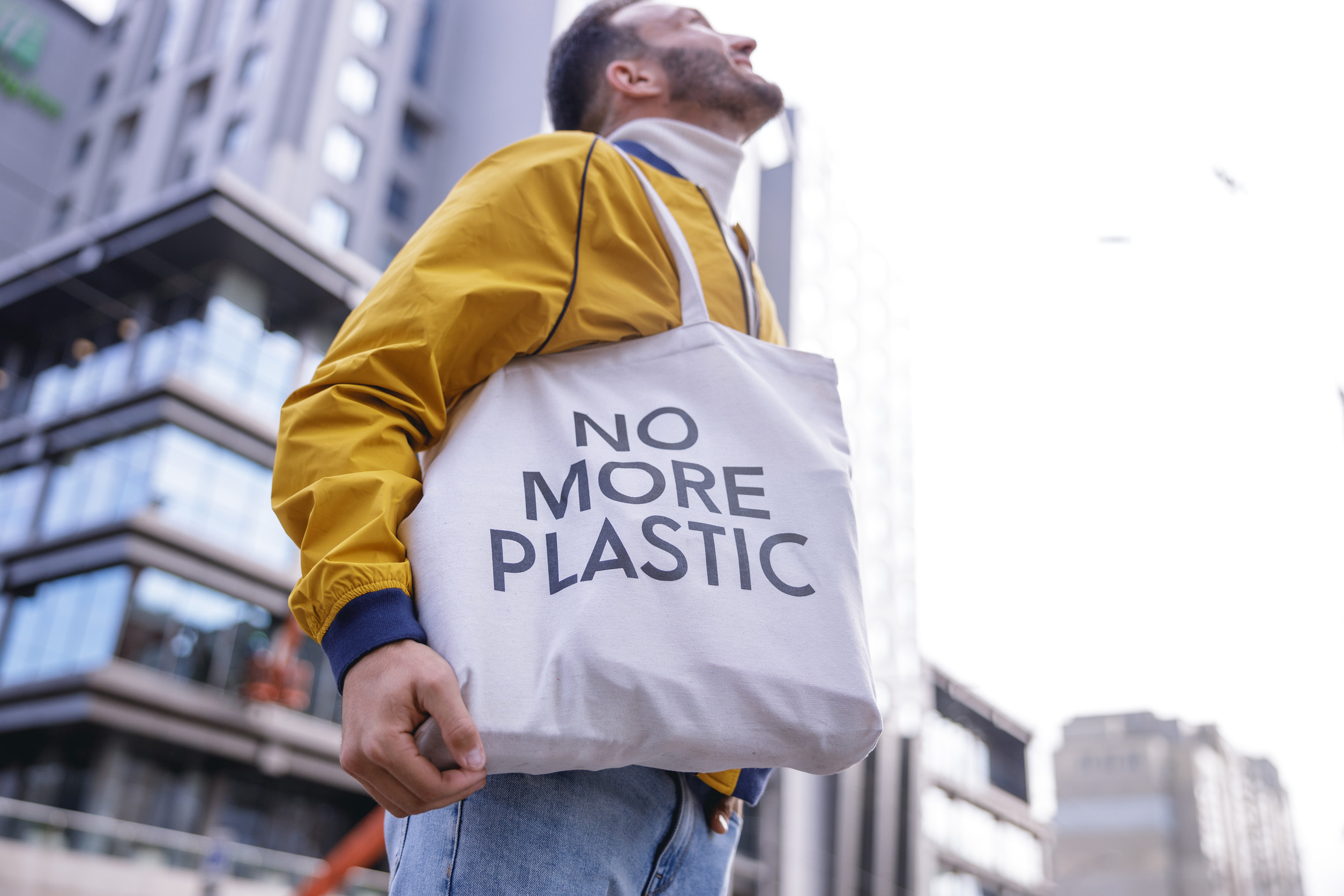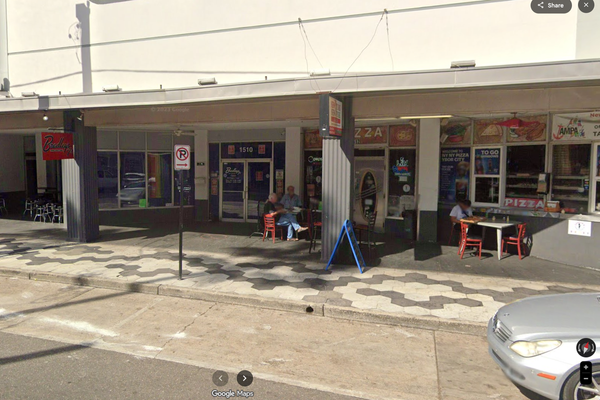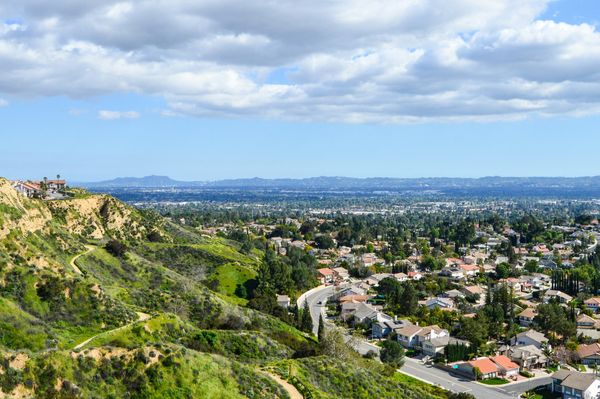
In a world where sustainability is a growing priority, companies are quick to slap “eco-friendly” labels on just about everything. But not all so-called eco-friendly products are as green as they seem. From clever marketing tactics to half-truths about materials and recycling, many items are more harmful to the environment than advertised. As consumers, we want to make responsible choices—but we also need to see past the greenwashed branding. Here are five products that appear environmentally friendly on the surface but may be doing more harm than good.
1. Bamboo Clothing That’s Really Rayon
Bamboo is often praised as a sustainable material, and while the plant itself grows quickly with minimal resources, turning it into soft fabric is another story. Most bamboo clothing is actually made from rayon or viscose, which requires heavy chemical processing. The solvents used in production are toxic and polluting, making the end result far from a true eco-friendly product. While the label may say “bamboo,” it’s often just a marketing trick to seem greener than it is. If you’re buying bamboo fabric, look for certifications that confirm mechanical processing (like lyocell), not chemical.
2. Biodegradable Bags That Don’t Actually Break Down
Many people turn to biodegradable or compostable bags thinking they’re a greener alternative to plastic. But most of these bags only break down in industrial composting facilities—not backyard compost bins or landfills. Without the right temperature and conditions, they can linger just as long as traditional plastic. Worse, people often toss them into recycling bins, where they contaminate the recycling stream. These eco-friendly products can cause more harm than good when misused or misunderstood.
3. Reusable Grocery Bags Made from Polyester
Switching to reusable grocery bags feels like a win for the planet—but not all of them are created equal. Many of the reusable totes sold in stores are made from polyester, a synthetic fiber derived from fossil fuels. While they’re better than single-use plastic, they need to be reused hundreds of times to offset their environmental cost. And since many break or are forgotten at home, their impact may not be as positive as people think. The most sustainable option is to use cloth bags made from natural fibers like cotton or jute—ideally ones you already own.
4. Paper Straws with Plastic Linings
Paper straws became the poster child for reducing single-use plastics, but they’re not always as pure as advertised. Many are lined with plastic to keep them from getting soggy, which means they aren’t fully recyclable or compostable. The plastic lining prevents them from breaking down like true paper products, especially in water. As a result, these eco-friendly products often end up in landfills alongside the plastic straws they were meant to replace. If you’re looking for a sustainable straw, stainless steel or silicone options are better choices in the long run.
5. Electric Vehicles Charged by Dirty Energy
Electric vehicles (EVs) are a major step forward in reducing tailpipe emissions, but their eco credentials depend on how the electricity powering them is generated. In regions where the power grid is fueled by coal or natural gas, driving an EV may still contribute significantly to pollution. Additionally, the production of EV batteries involves mining rare earth minerals, which comes with its own environmental cost. While EVs are often better than gas cars, they aren’t the zero-impact eco-friendly product some believe them to be. For the biggest impact, pair an EV with renewable energy sources like solar or wind power.
Why Labels Can Lie—and What to Do Instead
It’s easy to fall for marketing buzzwords like “biodegradable,” “green,” or “eco-conscious,” but those terms often mask the real environmental impact. Many of the eco-friendly products we buy are only marginally better—or sometimes even worse—than their conventional counterparts. The key is to dig deeper: read the labels, research the materials, and consider the product’s full lifecycle. The most sustainable option is usually the one you already own, use often, and don’t replace unless necessary.
Have you ever bought something labeled eco-friendly, only to find out it wasn’t? Share your greenwashed product stories in the comments below!
Read More
9 Common Items That Are Becoming Obsolete in 2025
Why Many People Are No Longer Recycling (And You Might Want To Stop)
The post 5 Things That Look Eco-Friendly But Aren’t appeared first on Grocery Coupon Guide.







